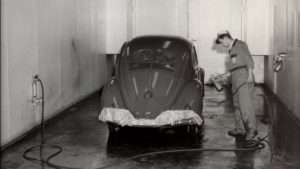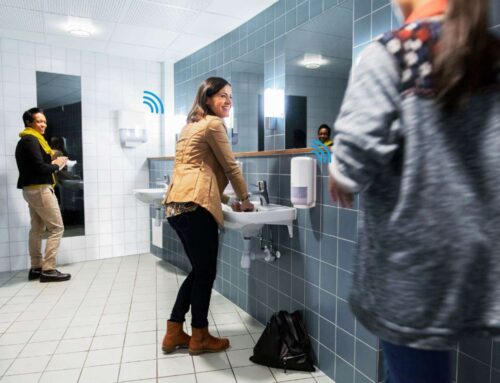The History Behind Electrostatic Spray Disinfection Technology
Following the outbreak of the COVID-19 pandemic, disinfection in shared public spaces has become more crucial than ever. As a result, electrostatic sprayers have come to the rescue following the increase demands of disinfection. This tool allows the electrostatic spray operator to distribute disinfectant more thoroughly and efficiently than ever before. This has made the equipment invaluable in the fight against COVID-19.
The technology behind this powerful tool, however, goes way back in history. The electrostatic sprayer was first patented in 1941 by American inventor Harold Ransburg. Then, it was designed to improve industrial painting of metal surfaces. The electrostatic sprayer worked by adding a positive electric charge to the paint liquid as it passes through the spray nozzle. This makes the spray droplets repel from each other and bind to negatively charged surfaces in the environment. The result creates a superfine spray that evenly wraps around all surfaces, ensuring full coverage. As a result, the technology was quickly adopted in the automotive industry for its efficiency in painting cars.
The sprayer typically works with many liquids, not just paint. So the technology was later adopted in other fields. For example, by the 1980s, the technology was employed in agriculture for distributing pesticides on crops. However, electrostatic sprays have only become a disinfecting force for commercial cleaning in the past few years, thanks to breakthroughs adapting the technology.
Read more about how electrostatic spray disinfection has become invaluable in the fight against COVID-19.





